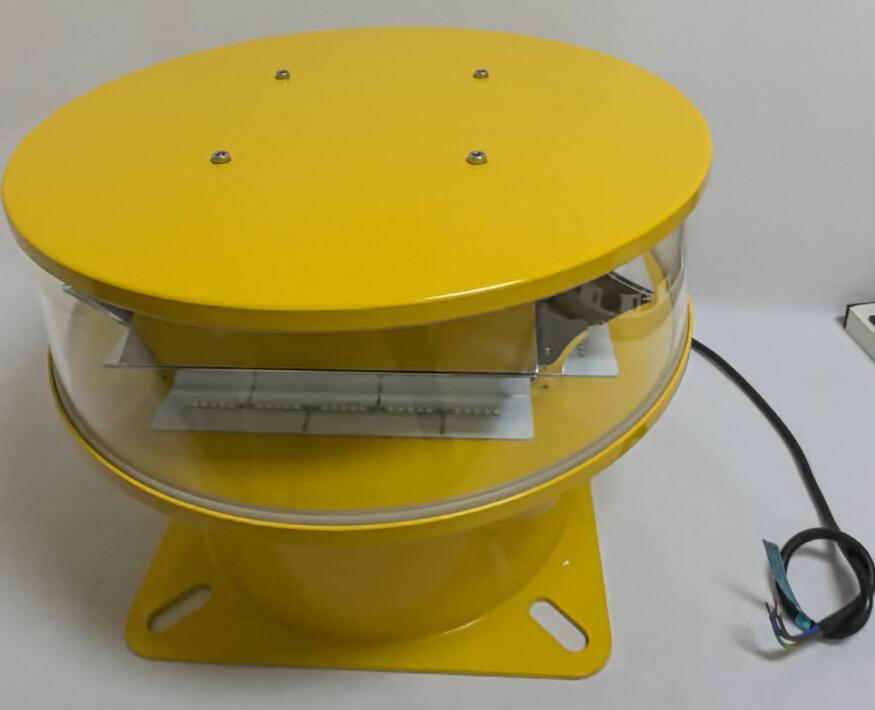Decoding the Colors of Obstruction Lighting: A Safety Guide
When pilots navigate through the skies, obstruction lights serve as their silent guardians, marking potential hazards. A critical aspect of these lights is their color, which conveys specific warnings based on structure height, location, and aviation regulations. Understanding what color lights are used for obstruction lighting is essential for aviation professionals, engineers, and safety regulators. This article explores the standardized color schemes, their significance, and how they enhance aerial safety.
The Standard Colors in Obstruction Lighting
Obstruction lights are primarily red or white, with variations in intensity and flashing patterns. The choice of color depends on the structure’s height, surrounding environment, and regulatory requirements.

1. Red Obstruction Lights
Red is the most common color for obstruction lighting, particularly for structures under 150 meters (492 feet). These lights are used because:
High Visibility at Night: Red light penetrates fog and haze better than white light in low-visibility conditions.
Steady or Flashing Patterns: Some red lights remain constantly lit (L-810), while others flash (L-864) to attract attention.
Lower Intensity for Urban Areas: In cities, steady red lights (L-810) prevent light pollution while still marking obstacles.
2. White Obstruction Lights
White obstruction lights are typically used for taller structures (above 150 meters) and in daylight conditions. Their key characteristics include:
High-Intensity Strobes (L-856/L-857): Bright white flashes ensure visibility from long distances, even in sunny conditions.
| Obstruction Lighting |
Daytime Use: Since white light is more noticeable against a bright sky, it helps pilots identify obstacles during the day.
Dual Lighting Systems: Some towers combine red lights at night with white strobes during the day for optimal visibility.
3. Dual-Color (Red & White) Systems
Certain tall structures, such as skyscrapers and communication towers, use a combination of red and white lights. This hybrid approach ensures:
24/7 Visibility: Red lights work best at night, while white strobes enhance daytime recognition.
Compliance with Aviation Regulations: Many authorities require dual lighting for structures exceeding certain heights.
Why Are These Colors Chosen?
The selection of red and white for obstruction lighting is not arbitrary—it is based on scientific and regulatory considerations:
Red Light’s Wavelength: Red light scatters less in the atmosphere, making it more visible in poor weather.
White Light’s Brightness: High-intensity white strobes stand out against daytime skies, reducing glare interference.
| Obstruction Lights |
International Standards (ICAO/FAA): Aviation authorities mandate these colors to maintain global consistency in aerial navigation.
Emerging Trends and Innovations
While red and white remain standard, new technologies are enhancing obstruction lighting:
LED Adoption: Modern LED lights offer brighter, more energy-efficient illumination with customizable flash patterns.
Smart Lighting Systems: Some obstruction lights now adjust intensity based on ambient light or weather conditions.
Solar-Powered Solutions: Remote structures use solar-powered red/white lights to ensure uninterrupted operation.
Challenges and Considerations
Despite their effectiveness, obstruction lights face challenges:
Light Pollution: Red lights are preferred in cities to minimize skyglow.
Wildlife Impact: Studies suggest certain colors may affect birds; research is ongoing to mitigate this.
Maintenance Requirements: Regular inspections ensure lights remain functional, especially in harsh environments.
The question of what color lights are used for obstruction lighting has a clear answer: red for nighttime and low-to-medium structures, white for daytime and tall obstacles, and sometimes a combination of both. These colors are meticulously chosen to maximize visibility while adhering to global aviation safety standards. As technology evolves, obstruction lighting will continue to improve, ensuring safer skies for pilots and passengers alike.
Understanding these color codes is not just for experts—it’s a crucial aspect of modern infrastructure planning and aviation safety. Whether you’re an engineer, a pilot, or simply curious about aerial navigation, recognizing the role of these lights helps appreciate the unseen systems that keep our skies safe.
